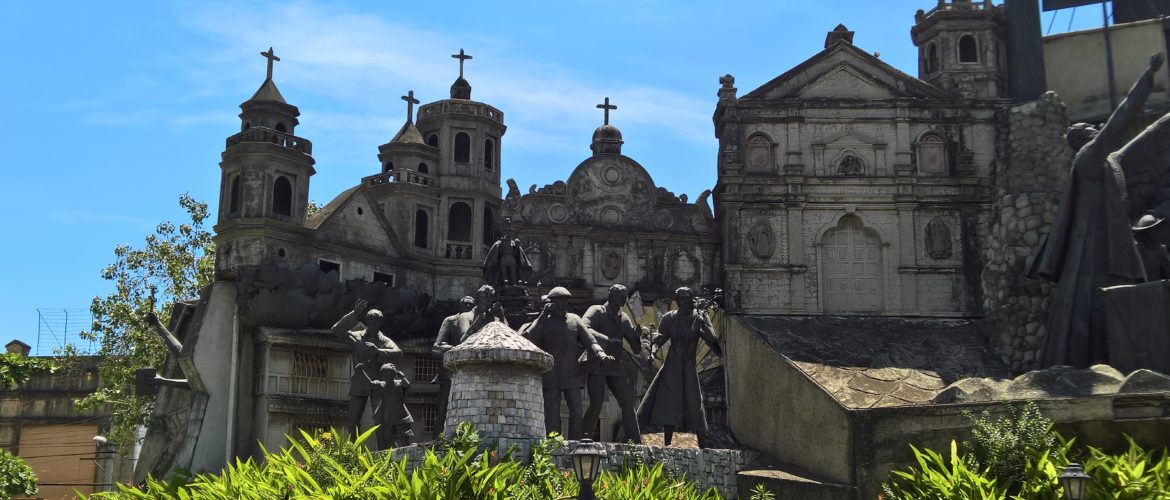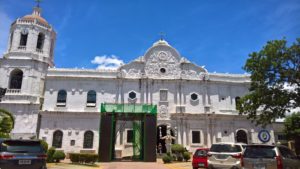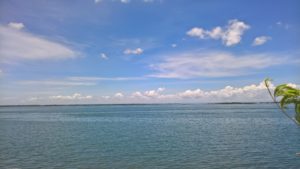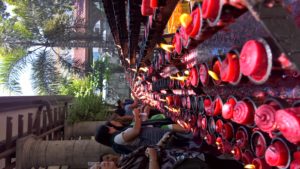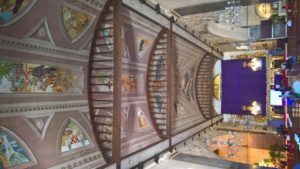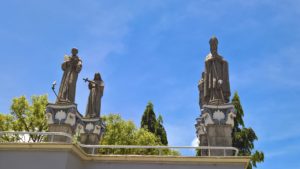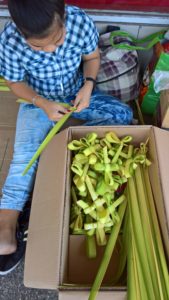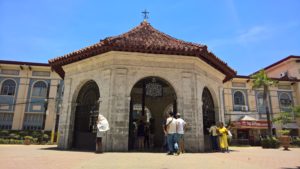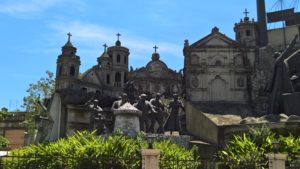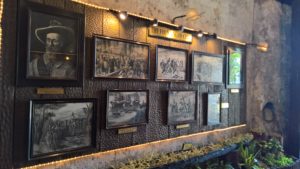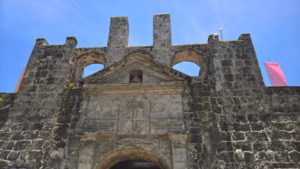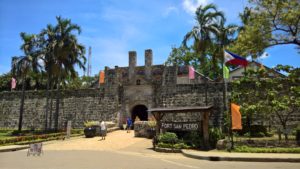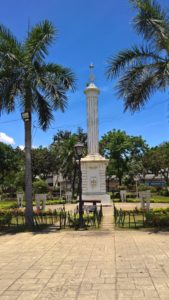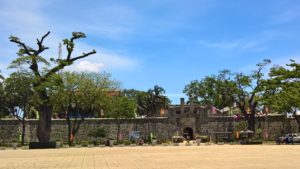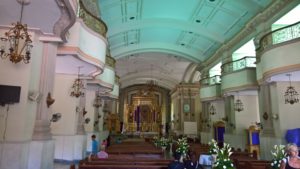Cebu is not a large city. Most of its sightseeing is confined to the old ‘heritage’ part of the city — a walk of a couple of hours and completely worth it.
Take cab, get off at the Heritage of Cebu monument. This, is your starting point. The monument is impressive with the sculptures depicting the history of Cebu right from the rule of Rajah Humabon to the invaders and modern times. It is a fantastic work of art by national artist Edgardo Castrillo. Located on Colon Street, you cannot miss it. It a little surprising that this beautiful piece if art (and history) is not really barricaded and is right in the middle of a busy intersection.
From there walk down a little to Cebu Metropolitan Cathedral. It’s not a large as the So. Nino Church but quite impressive. It was built in the 1600s, destroyed during World War 2 and rebuilt. Dedicated to St. Vitalis, it is as old as its more famous neighbour. The design is typical of the Spanish colonial churches and was built (thick walls) to last natural calamities like typhoons. It is simple and beautiful inside especially the Altar. I found the bell tower remarkable as well from outside.
Walk down a block from the church and you are at Santo Nino Basilica, the most famous monument of Cebu. It is known to be the oldest Roman Catholic church in the country, built at the location where the image of the Santo Niño de Cebu was found in 1565 during the expedition of Miguel Lopez de Legazpi. Outside you have peddlers selling some beautiful offering – crosses made of leaves. The courtyard or Pilgrim Center, is huge surrounded by some very impressive sculptures. The Basilica itself is beautiful especially the front part. We decided to go inside. And contend with a long queue. It is said that on April 14, 1521, Magellan gifted Rajah Humabon and his wife three gifts when he landed in Cebu — a cross, an image of Mary and Santo Nino de Cebu. The image was found intact years later by Spanish soldiers after many wars and it even survived a bomb blast during WWII. The image or statue of Child Jesus, is considered miraculous by millions of Filipinos who visit the church. The actual statue is only a feet tall, made of dark wood in baroque style and depicts the Child Jesus as a king dressed like Spanish royalty. We could not see the main altar of the basilica as it was covered but loved the beautiful painting and woodwork in the ceiling. Outside, we took a few more photos and lit candles near the exit. It’s a calming experience in the lovely city.
Stepping outside the basilica, you see the next most important monument in Cebu – the Magellan’s Cross. The original cross is actually enclosed inside the large wooden cross that you can see now, to protect the same from being chipped away by pilgrims.
This is the city centre and you are likely to be mobbed by kids and adults selling souvenirs. Avoid, as most of the pearls etc. are fake though some of the woodwork is interesting.
Last, we headed for the Fort San Pedro. You need to pay P30 to get in and frankly its not worth it – unless you want to use the washroom and splash yourself with cold water – which is what we did, and was priceless. The lawn inside is used for functions nowadays and overall, the fort is maintained well. Its very small and looks like a guards outpost, with no views as such. Built around 1565 and improved later – the entrance has some nice pictures and posters depicting the history of Cebu and the Spanish conquests.

